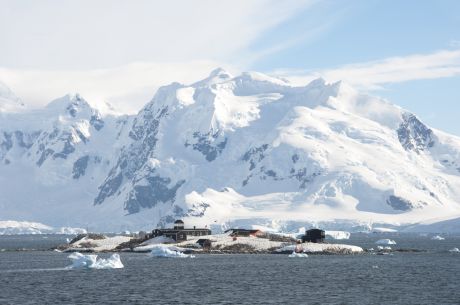
The EU lacks a roadmap that states what powers it has and how best to use them in protecting marine biodiversity in the Arctic region. An EU-funded initiative aimed to examine Europe's capability in addressing such issues.

Supplies of fresh clean drinking water and safe water sanitation are at risk from a number of different factors. An EU initiative transformed urban water services and their management, enabling utilities to design and introduce innovative and sustainable solutions.

The majority of European (and global) biodiversity is made up of insects, but little is known about their distribution, abundance and the threats they face. This lack of knowledge is of particular concern for species involved in pollination, such as bees, butterflies and hoverflies and for the benefits society gains from pollination services.
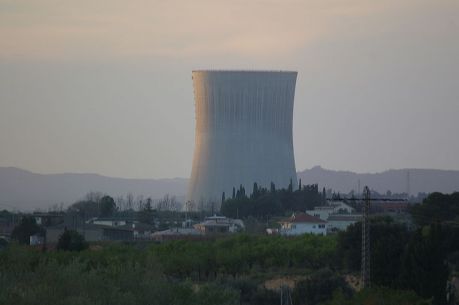
Thermal hydraulics is recognised as key to the development of next-generation reactor systems. EU-funded researchers have developed new physical models and improved numerical analysis tools as well as their application to address cross-cutting issues.
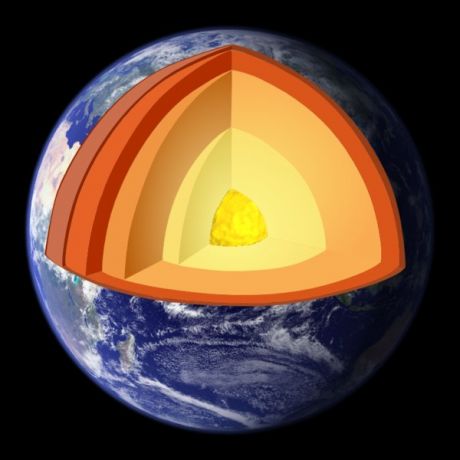
Thanks to a recent EU-funded study, geological chemists now understand how tectonic plates and convection in the mantle are connected.

Scientists have developed tools for best land management practices and designed strategies to mitigate desertification through research on shrub encroachment on grassland areas.
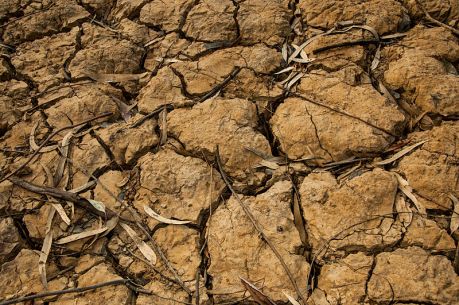
An EU team examined Europe's drought history to predict the future hazard. Results included a major impact database, pan-European vulnerability and riks maps, as well as options for drought management for different geo-climatic settings.
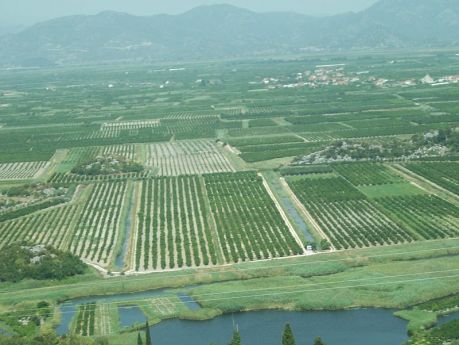
In-depth studies and modelling scenarios of how land is being exploited have helped further policies that encourage sustainability and safeguard ecosystems across Europe.
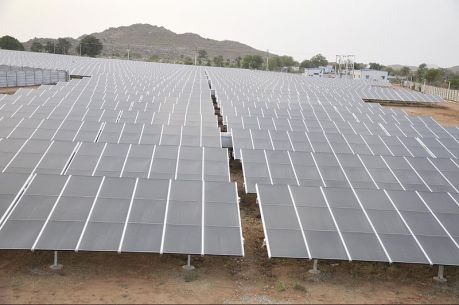
Harnessing the sun’s heat is normally achieved with metal-based systems. EU-funded scientists developed polymeric solar thermal concepts to meet building heating needs at significantly reduced cost.

Using light to produce either electricity or hydrogen, dye-sensitised solar cells (DSSCs) are currently the most efficient third-generation solar technology. Increases in their conversion efficiency through better understanding of how light-absorption materials function will make them attractive for large-scale deployment.
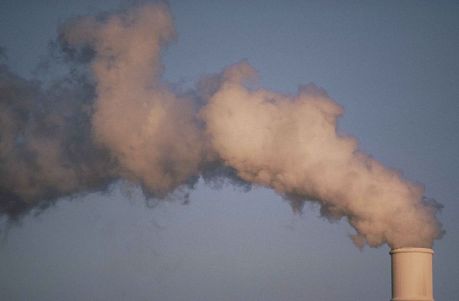
Researchers have developed sophisticated computer models that simulate the fate of carbon dioxide (CO2) injected and stored in deep geological formations.
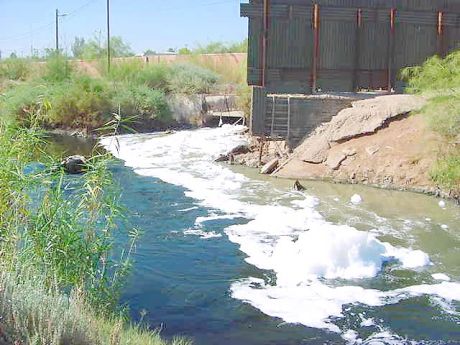
Scientists across Europe are harnessing the power of electrokinetic transport to remove contaminating chemicals from the environment.

An EU-funded project has provided scientists, policymakers and citizens with improved discovery and access to cross-discipline, Earth observation data and services that meet their individual needs. This includes processing large quantities of data as needed in scientific experiments.

An EU initiative developed a new process to recycle plastic waste for food packaging. This resource enables industry to conform to European Commission regulations on recycled plastic materials and parts intended to come into contact with foods.
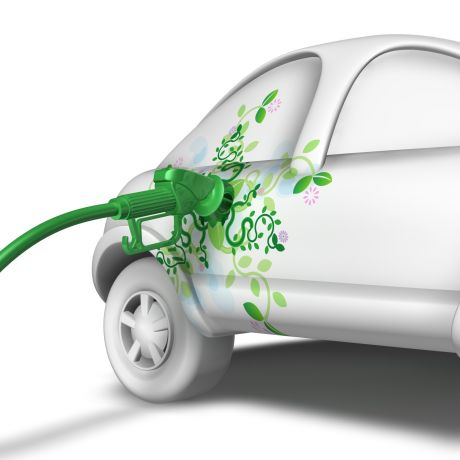
Increasing concerns about rising atmospheric carbon dioxide (CO2) levels prompted scientists to explore ways of converting this greenhouse gas into fuels and organic materials using light.

Magnetic field reconnection is a key process for particle heating and acceleration during solar flares. Turbulence was not accounted for until numerical simulations allowed the exploration of mutually coupled phenomena spanning a broad range of scales.

Experimental work, data analysis and numerical modelling have provided a sound quantitative assessment of climatic change on inland seas and their regions, particularly vulnerable to climatic and anthropogenic impacts.

Impact assessments (IAs) have the potential to boost sustainable development and evidence informed policy making. An EU initiative aimed to realise the full potential of the many developed tools that support IA but remain unexploited by policymakers.
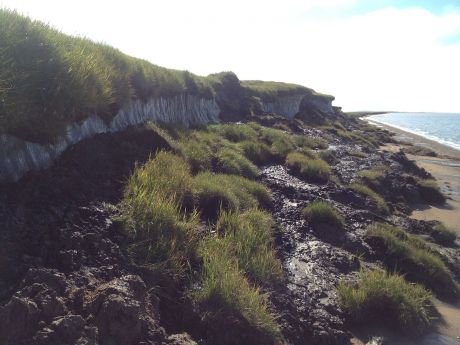
A consortium of European scientists has increased our understanding of how aerosols and other airborne particles influence global climate change.
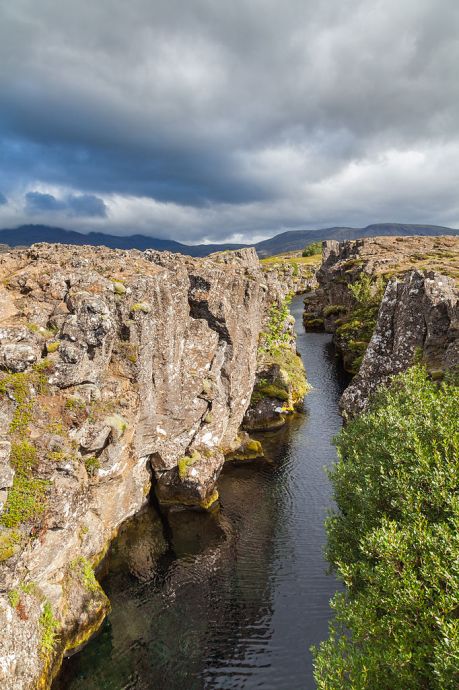
With high-performance computing (HPC), it is possible to utilise physics-based models to gain insights into ground motions recorded during earthquakes and built infrastructure responses. An EU-funded project has now provided the algorithms and software necessary for the 3D inversion of geophysical data.
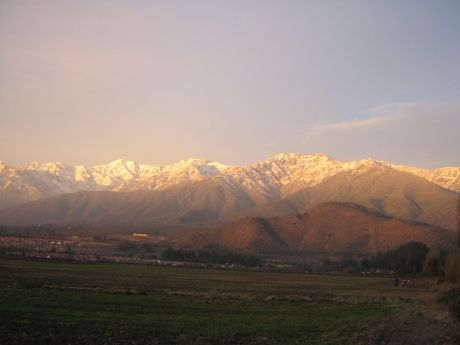
New techniques to establish the warmest and coldest periods in recent millennia are helping to update and modernise climatological data.
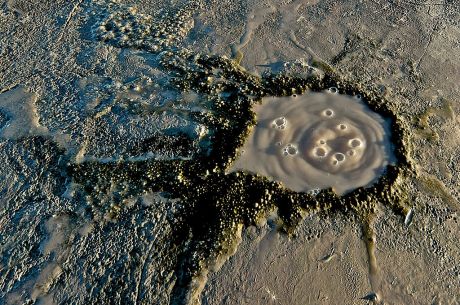
Current global observational and modelling capabilities allow scientists to produce estimates of the carbon budget, but many uncertainties remain. An EU-funded initiative was therefore established to provide more and better data on carbon dioxide (CO2) and methane (CH4) through a global carbon observation and analysis system.
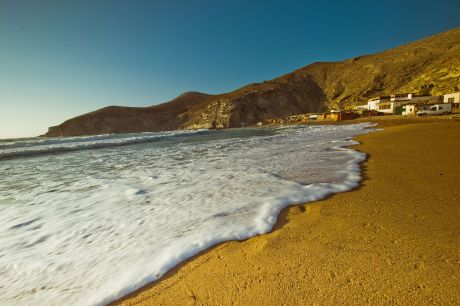
Mediterranean coastal ecosystems are under pressure from urban growth and unsustainable fishing, resulting in the degradation of natural habitats and loss of biodiversity. An EU-funded project created a framework enabling European countries to transfer knowledge of coastal and marine ecosystem management to North African partners.
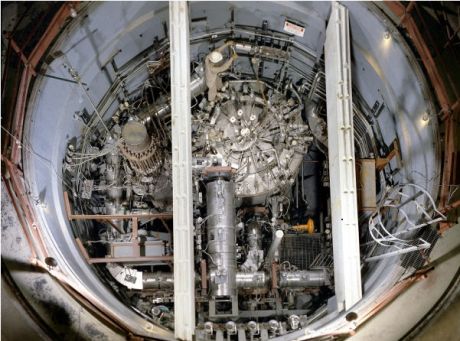
Joint efforts between China and the EU have helped to ensure that the nuclear power industry has state-of-the-art methods and data for assessing safety-critical software.
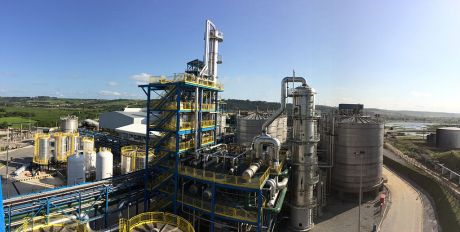
A consortium of Brazilian and EU scientists has taken steps to make second-generation biofuels economically viable, paving the way to a more sustainable future.
























